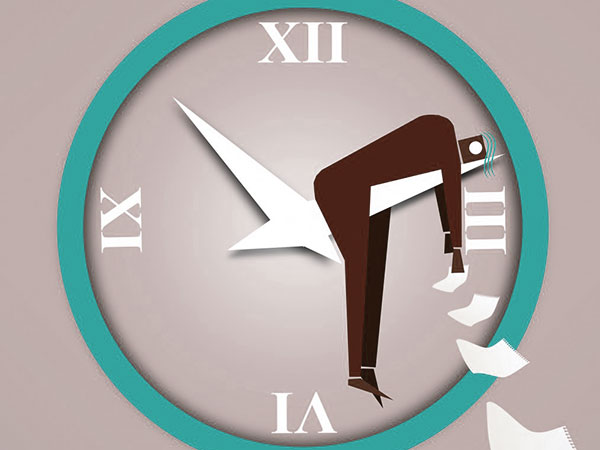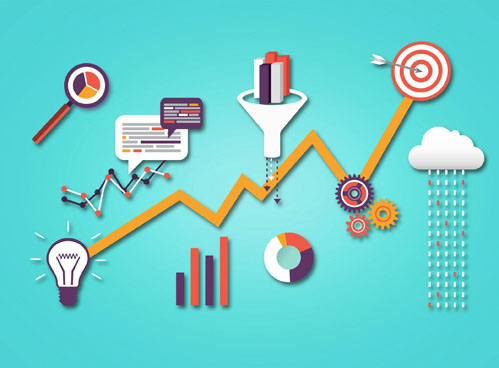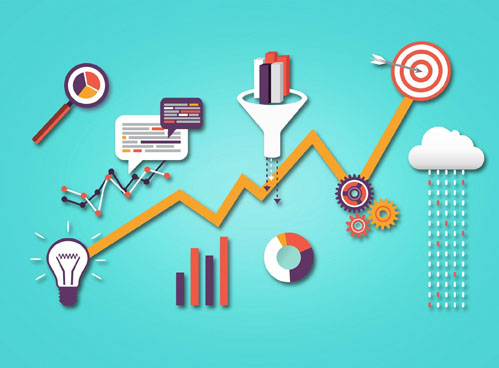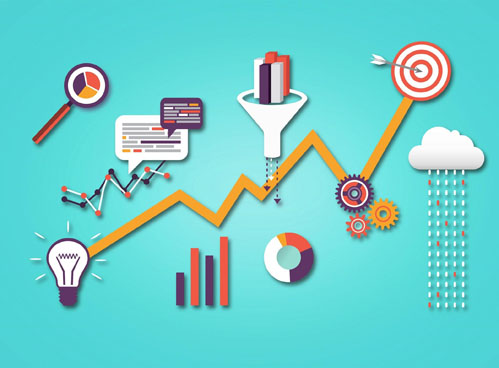Big Data offers huge opportunities to improve both our professional and personal lives. It allows us to draw conclusions that we would not previously have been able to quantify and gives certainty to decision-making where there was previously doubt.
There is, however, one big restriction on the Big Data industry, and it is a fairly rudimentary one: you have to collect the data to work within the first place. In industries like Healthcare, this is more than possible, and there will be massive steps forward once the existing patient data can be properly analyzed. In the working environment, however, this is not always possible. How do you assess someone’s productivity if you cannot record what they are doing?
I write this while watching rugby on TV, and the answer is staring me in the face. The players wear electronic trackers on their backs, which measure their every move. After the games, the data is downloaded and analyzed. You can see who has run the most, their positioning and why certain moments in the game happened the way they did. You could say that this is television’s version of Wearable Tech, and it is facilitating innovation in all aspects of the game.
So, is Wearable Tech the answer for compiling the data that business needs to take it to the next level? You can be certain that it will be used in many industries to measure various aspects, although the employees may view it as a step too far.
Activity is the first battleground. Retail employees can be tracked around the store, logistics workers will be shown how to work more effectively, office workers might be “encouraged” to take a 1km walk every lunchtime. It may even get to the point where they can tell how many words per minute you are typing or how long you spend talking with people every day.
Health is the second battleground. Companies will be able to track your vital statistics, your eating habits, and your lifestyle, in general. I can see a day that a CV might contain “activity” data – companies want to hire active and energetic types. Those who like to slump on the sofa in front of the TV every evening should watch out!
The analysis is the third battleground. Whenever Google Glass-style tech becomes mainstream, built-in cameras will analyze body language and facial expressions, built-in microphones will listen to speaking patterns, and various conclusions will be made and relayed to the wearer. Does your negotiation opponent sound nervous? Your wearable tech will tell you to a 99.9% probability, as it will have analyzed millions of conversations, facial expressions and outcomes previously.
As the technology improves, the combination of Wearable Tech and Big Data in the workplace will bring insights that we didn’t previously believe possible.
The real question is whether employees will have any choice in the matter?
This article originally appeared here. Republished with permission. Submit your copyright complaints here.












![Top 12 interesting careers to explore in big data [Infographic]](https://crayondata.ai/wp-content/uploads/2016/10/education-1.jpg)
